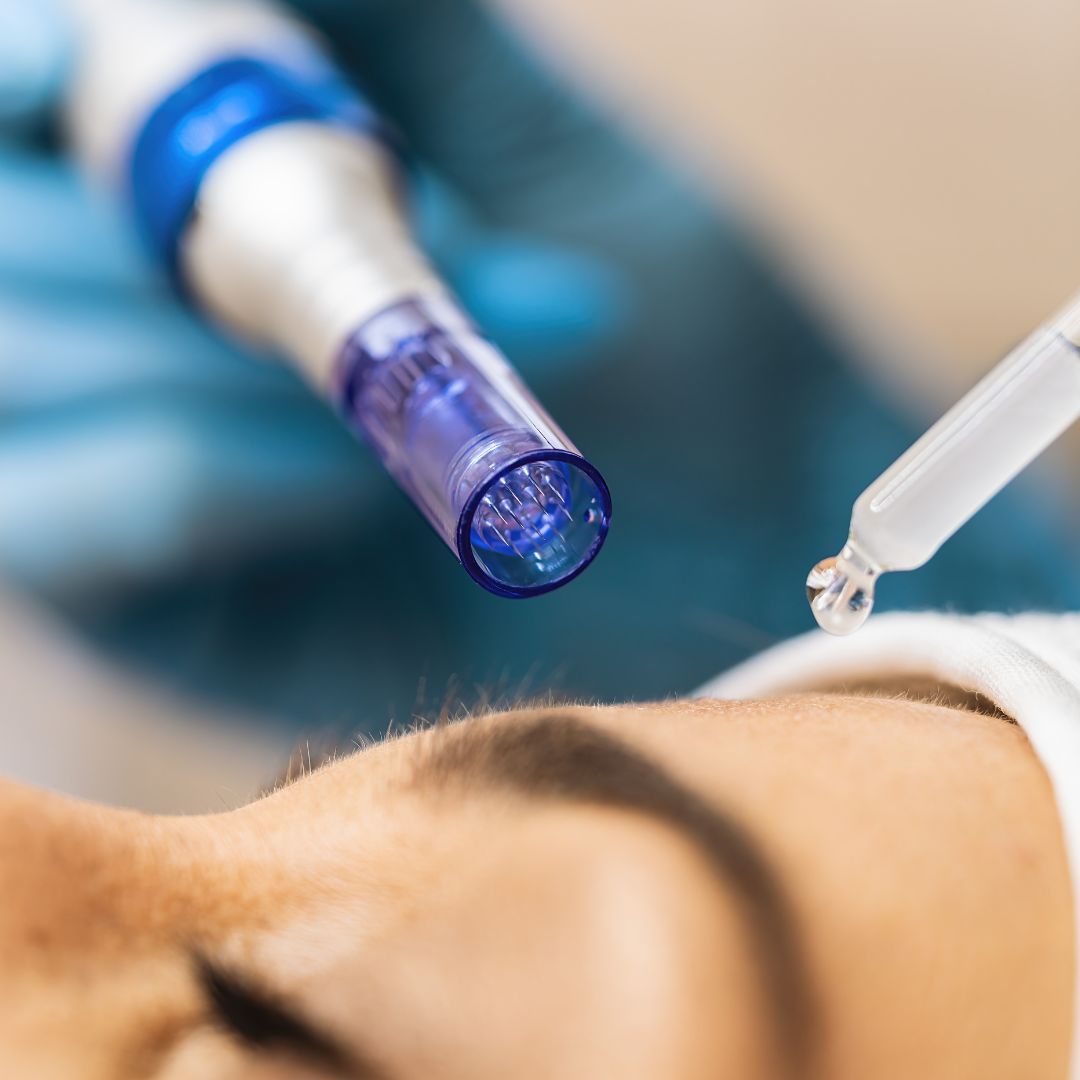Collagen Induction Therapy: Revitalizing Your Skin Health
Collagen Induction Therapy (CIT), more familiarly known as microneedling, has emerged as an avant-garde approach to enhancing skin vitality. It has shown promising results in improving skin texture, reducing visible signs of aging, and diminishing acne, hyperpigmentation, and other common skin concerns.

History of CIT
The roots of microneedling can be traced back to 1905 when German dermatologist Ernst Kromayer utilized dental burs mounted on motor-driven flexible cord equipment to treat scars, birthmarks, and hyperpigmentation. However, it wasn't until 1995 that Dr. André Camirand introduced the modern holistic concept of microneedling, using tattoo pistols without ink to reduce post-surgical scars. Then in 2000, Dr. Desmond Fernandes developed the first needling' roller,' a tool equipped with multiple fine, sharp needles designed to penetrate the dermis, paving the way for today's CIT procedures.
Technical Aspects of CIT
The genesis of CIT hinges on its ability to stimulate and maximize the innate capability of the body for healing.
The procedure works by causing micro-injuries to the dermis, which is the layer of skin just beneath the surface. This controlled bodily damage boosts the production of collagen and elastin. Both of these are proteins responsible for the skin's firmness, suppleness, and overall renewal. A sterile tool outfitted with a collection of tiny needles, is carefully rolled across the target area on the skin. These miniature pricks cause minor trauma, which triggers the immune system and increases collagen and elastin production. Essentially, it prompts a natural rejuvenating' skin battle' that results in smoother, plumper, and healthier skin.
The intensity of CIT can vary, depending upon the needle size, which can range from 0.5mm to 2.5mm, and the specific skin issue being treated. Post-procedure topical serums are applied, all being absorbed into the skin more effectively due to the creation of thousands of microscopic access points.
Does CIT Hurt?
Although the word 'needling' might make a person nervous, a topical anesthetic cream is applied beforehand to minimize discomfort during the procedure. Furthermore, our microneedling professionals are extensively trained to ensure a therapeutic, not traumatic, skin regeneration experience.
Who Can Undergo CIT
CIT is a safe and effective method suitable for most skin types, even sensitive skin. However, persons with skin infections, open wounds, or autoimmune diseases are advised against undergoing CIT. We'll evaluate your skin's specific needs and determine the best course of treatment.
